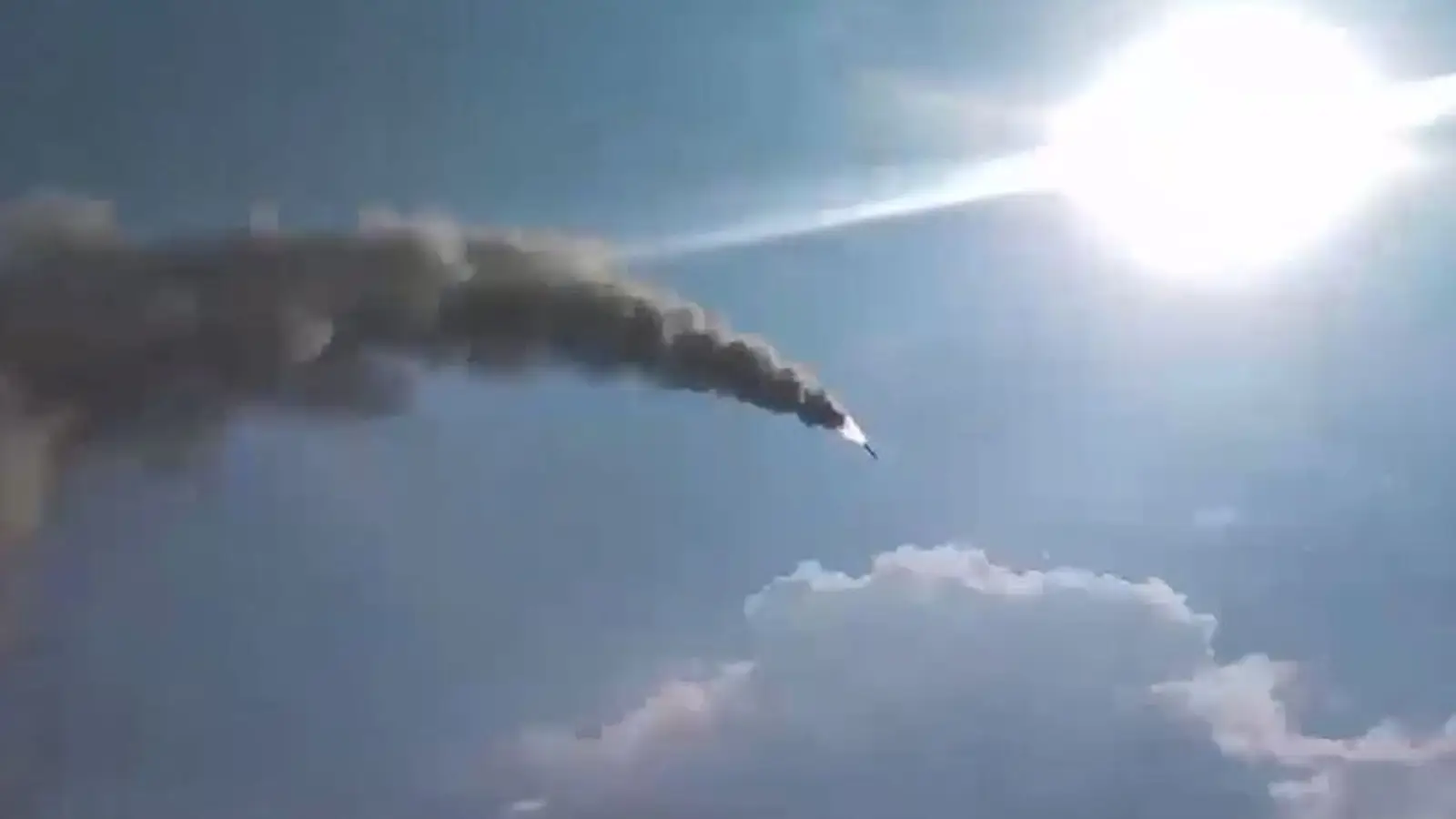Poseidon Torpedoes and Burevestnik Missiles Could Power Russia’s Nuclear Second Strike


The War Zone reports that Russia’s nuclear-powered Poseidon torpedo and Burevestnik missile could secure a powerful second-strike capability against external threats.
A stark assessment in The War Zone argues that Russia’s experimental nuclear torpedo Poseidon and the cruise missile Burevestnik, both powered by compact nuclear reactors, could together form the backbone of a Russian nuclear «second-strike» capability. Thomas Newdick, the article’s author, draws a direct line from those propulsion systems to Moscow’s ability to respond to a crippling first strike.
Newdick frames Poseidon primarily as a weapon for coastal strikes. He highlights that its onboard nuclear powerplant would let the torpedo loiter in the open ocean for extended periods before delivering a sudden, hard-to-predict blow — a prospect that has alarmed many Western military planners and analysts. Defending against a stealthy, reactor-driven underwater weapon, he says, poses profound technical and operational challenges.
Seen together with Burevestnik, Newdick argues, the two systems create a strategic hedge. Their combination, he contends, could provide Moscow with a durable retaliatory option that might be more resilient than submarine-launched ballistic missiles if an adversary attempted to paralyse Russia’s conventional strategic forces in a first-strike scenario.
The piece stresses that the imagined survivability of such systems stems from their unconventional design: a nuclear-powered cruise missile and a deep-running, reactor-driven autonomous torpedo operate and persist in environments where traditional deterrent forces are easier to locate and target. That persistence, the author suggests, is what makes the concept so worrying to NATO planners.
Newdick does not claim these weapons are already decisive; instead he warns that successful development and deployment would give Russia a flexible and lethal strategic instrument. He concludes that, should Burevestnik and Poseidon reach operational maturity, they would significantly reshape calculations about nuclear stability and response options.